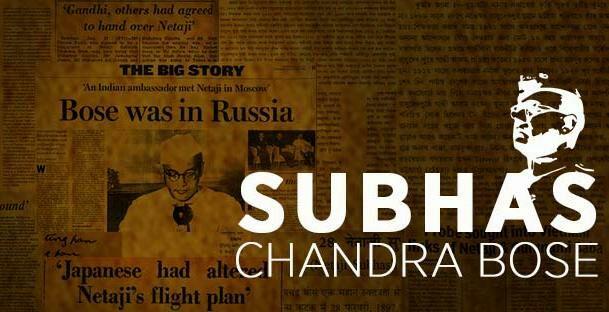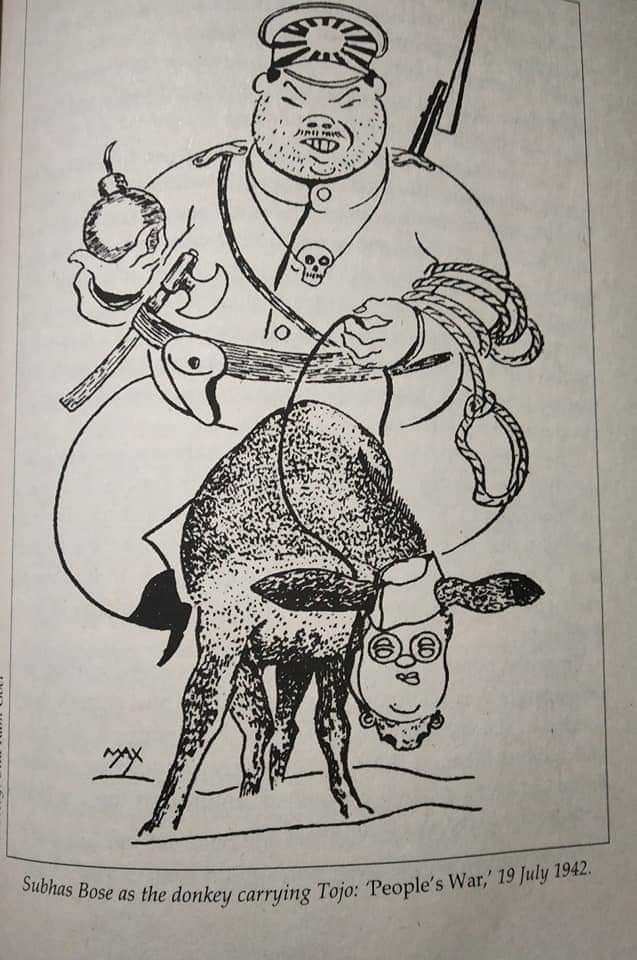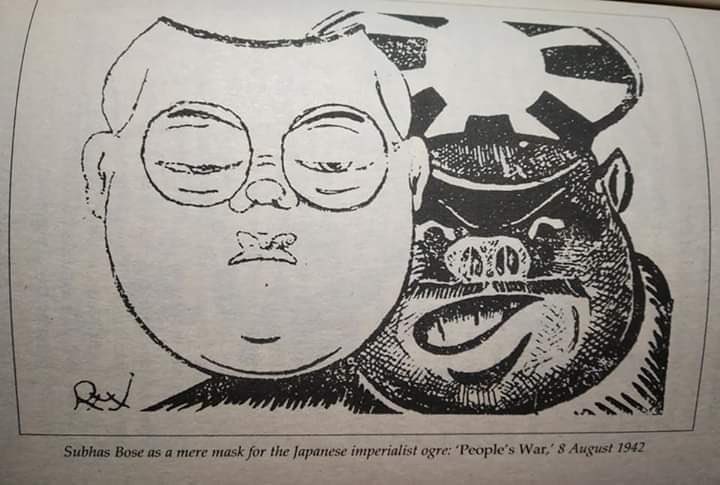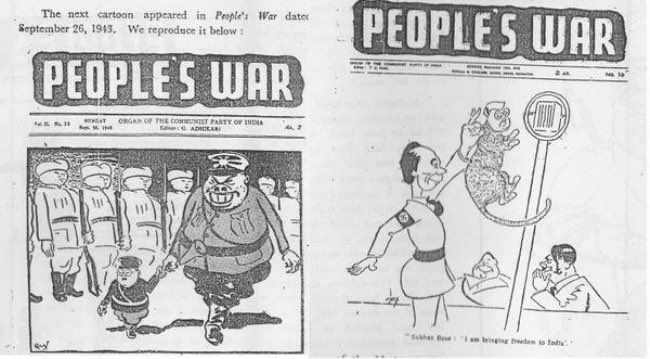On 23rd January we celebrate the birthday of a leader, a true leader of the entire Indian nation. Yet how less is he adored by the so-called intellectuals than Mohondas Gandhi, the ‘Father’ of the Nation! One reason is obvious — the self-proclaimed ‘intellectuals’ are embedded in the Nehru-Gandhi ecosystem and so cannot celebrate someone who was a serious challenger to Nehru. The Communists call him the pet dog of Japanese emperor and Nazi, because he was not a communist, but a proud Indian. But many are actually sincere in their hatred of Subashchandra, because he was a warrior. For the worshippers of the mysterious ‘Idea of India’, ( that is, the India of Nehru and Gandhi), only Gandhi can claim to have freed the nation because he embodied pacifism. They feel that only vicious people who find violence more glamorous than non-violence can adore Subahschandra and that Indian soldiers died under his leadership is proof that his methods cannot work. Only non-violence does.
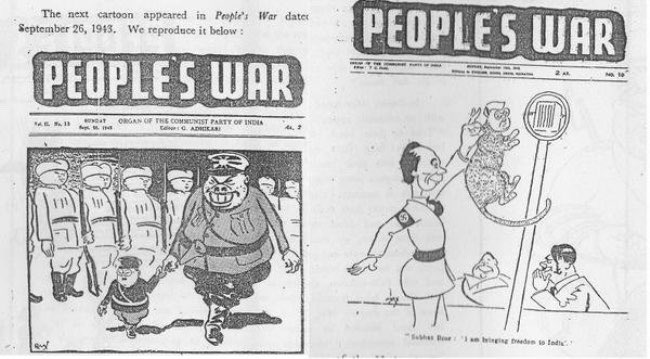
It is an odd argument, but valid for them: Gandhi by his non-violence brought freedom; therefore Subashchandra was a warmonger and automatically a failure. Yet if we look at actual history, we find that the non-violent movement had already lost its energy and was dying. Subahschandra took up armed means only because pacific means had failed, not because he was in love with killing:
“Nobody would be more happy than ourselves if by any chance our countrymen at home should succeed in liberating themselves through their own efforts or by any chance, the British Government accepts your `Quit India’ resolution and gives effect to it. We are, however proceeding on the assumption that neither of the above is possible and that a struggle is inevitable.
Father of our Nation in this holy war for India’s liberation, we ask for your blessings and good wishes”. (Azad Hind Radio, Rangoon on 4th June, 1944)
We find that he did succeed.. First, his army though defeated showed the British that Indians were willing to fight to the death en masse. Second, the Red Fort trials accusing INA officers of treason sparked rebellion among soldiers in India. In February 1946, 20,000 sailors of the Royal Indian Navy mutinied: they pulled down the Union Jack on their ships. Revolts in the Royal Indian Air Force and in the British Indian Army units followed. Indian dominions can no longer be held with such mass revolt and a charismatic leader. Justice PB Chakraborty writes, “ “Toward the end of our discussion I asked Attlee what was the extent of Gandhi’s influence upon the British decision to leave India. Hearing this question, Attlee’s lips became twisted in a sarcastic smile as he slowly chewed out the word, ‘m-i-n-i-m-a-l’,” . Atlee also added that the military activities of Netaji had eroded the loyalty of Indian troops and it was a major factor behind British withdrawal.
It is obvious if we look impartially at history, that while ‘Sabarmati ki sant tune kamal kar diya’, all credit is not his. The armed struggle of Netaji had greater share in bringing our freedom.
Papia Mitra

